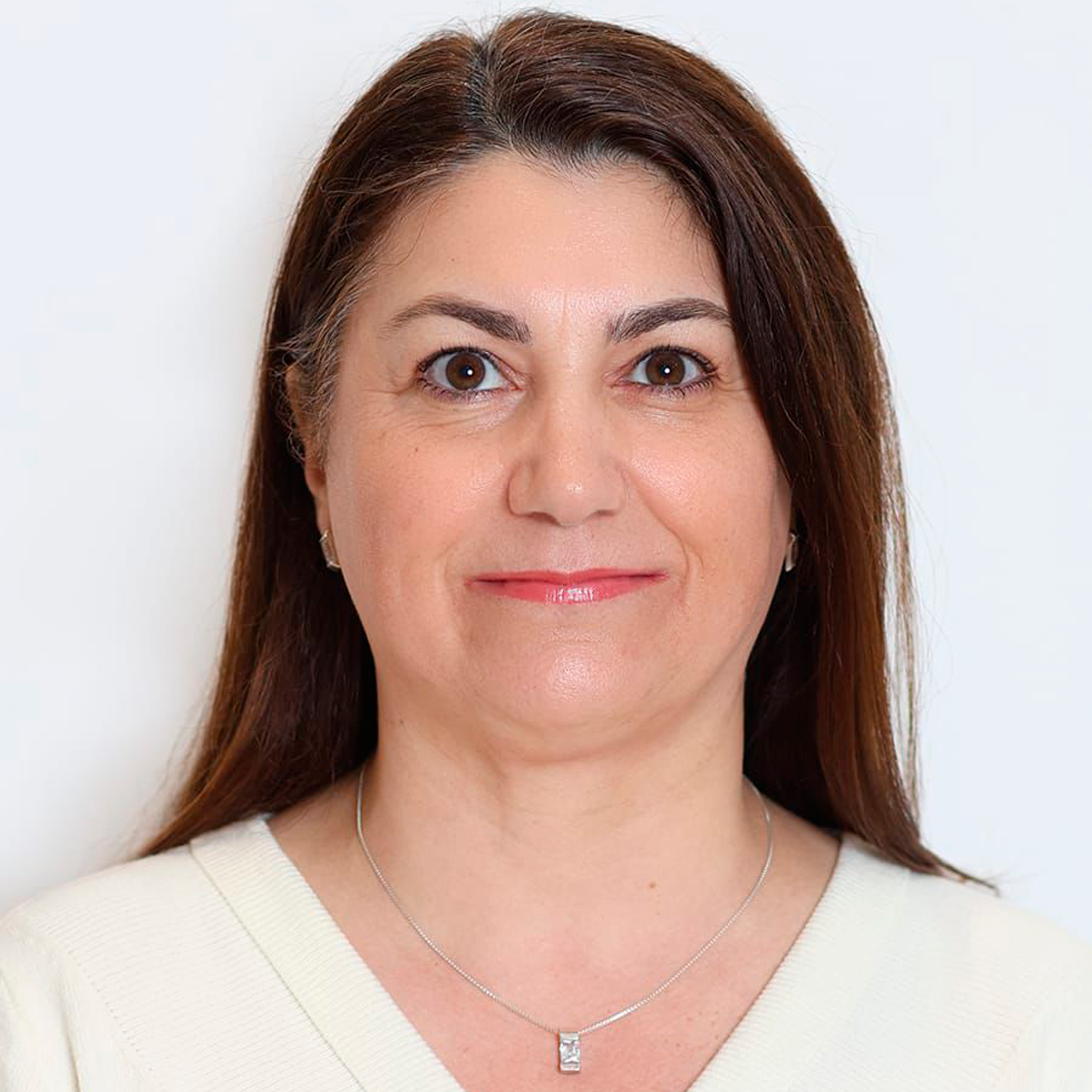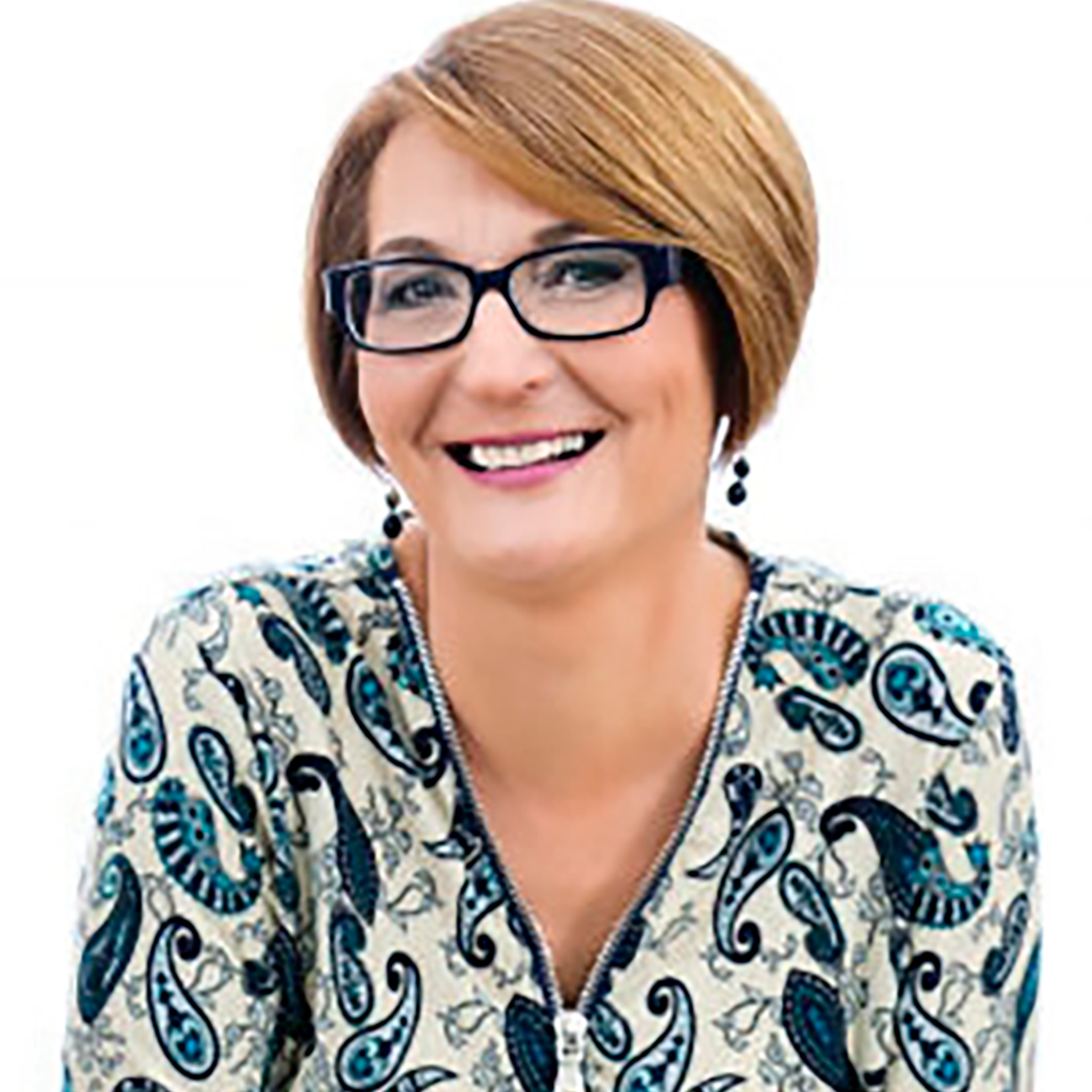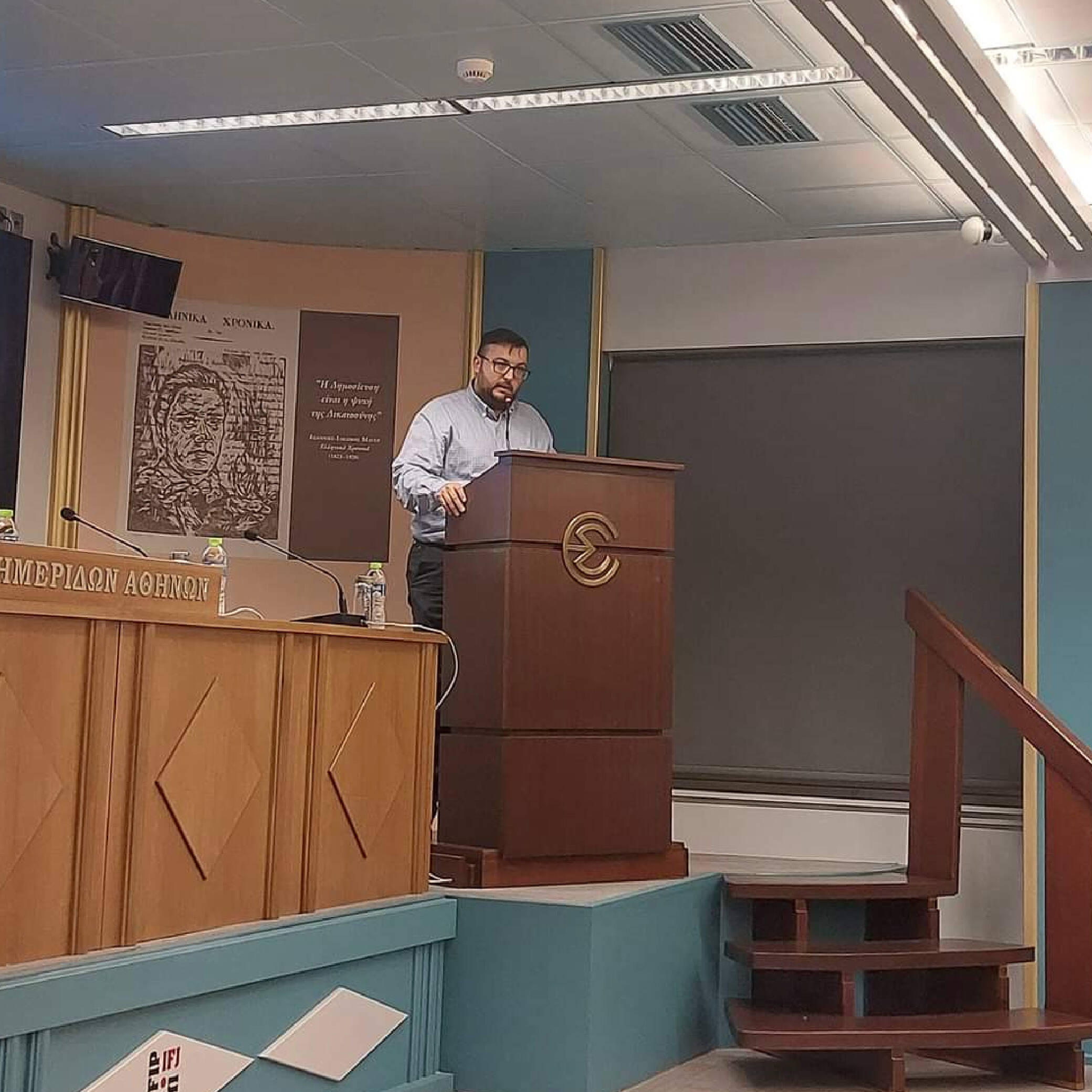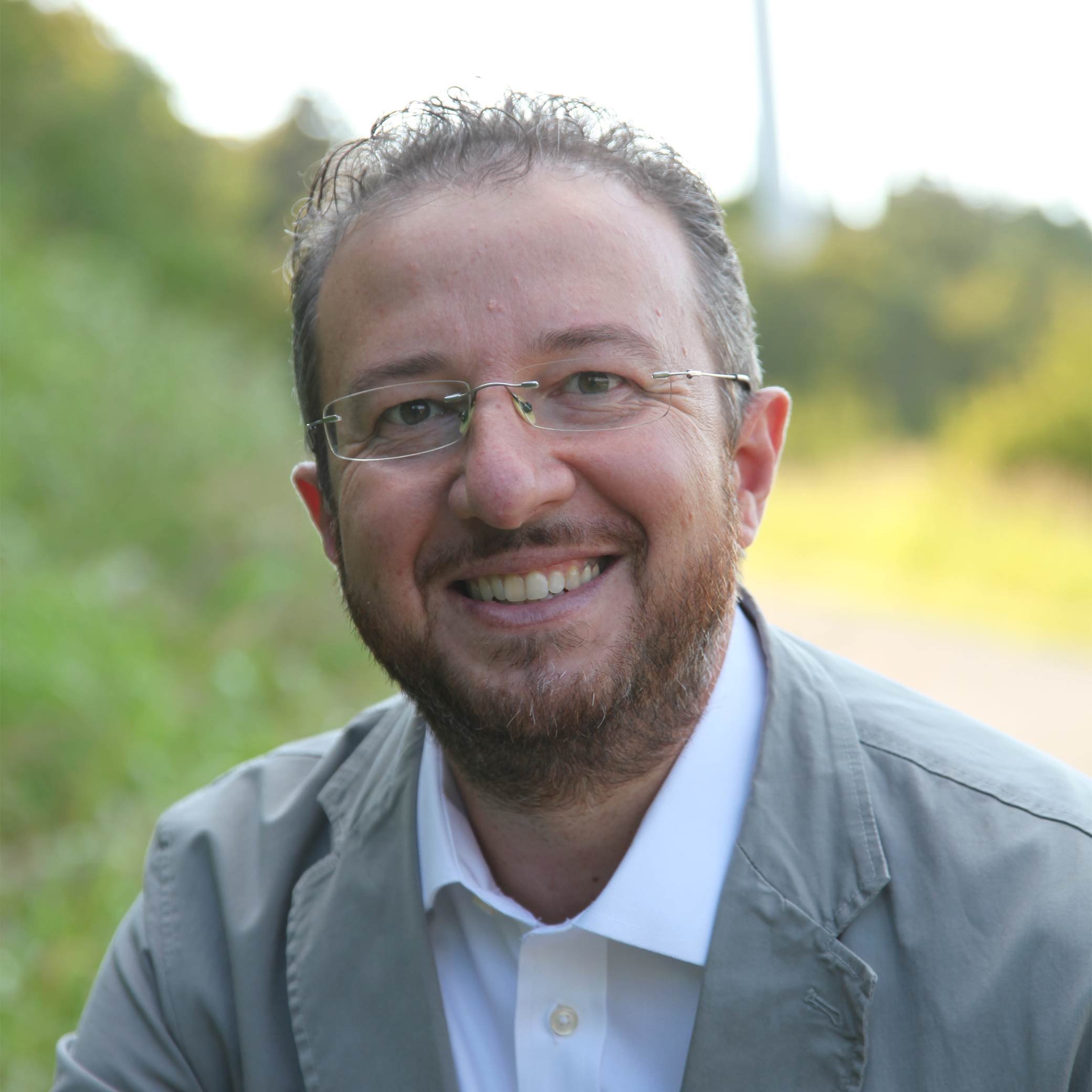Portugal
Freguesia de Vila Boa do Bispo
Vila Boa do Bispo is a civil parish from the North of Portugal in the municipality of Marco de Canaveses, Porto District, northern Portugal.
Located on the western slopes of Montedeiras and flanked by the parishes of Sande, S. Lourenço do Douro, Ariz, S. Paio de Favões, Rosém and Avessadas, VBB extends continuously and harmoniously to the banks of the River Tâmega. Its lower part is bathed by this river which, in times gone by, powered numerous windmills, and today is a place with great potential for enjoyment and leisure by the water’s edge.
Vila Boa do Bispo is a land that transforms the dynamics, humility and pride of its people into cultural, social and business projects that give life to the community and create an intense sense of belonging to this territory. Older than Portuguese nationality – Vila Boa do Bispo was granted a Charter of Couto by King Afonso Henriques on February 12, 1141 – this parish is closely linked to the historical period that saw the birth of the nation with the oldest borders on the European continent, Portugal. Having undergone profound changes over the centuries since it was founded as Couto (Vila) and evolving from fertile agricultural territory (Boa) to the region’s cultural and religious reference (Bispo) to the present day, this is a parish that never ceases to amaze its visitants.
VBB can currently be characterized as one of the civic, cultural and sporting centers of the municipality of Marco de Canaveses. This is the result of the dynamics of the communities based in the parish, which contribute greatly to its vitality. In economic terms, Vila Boa do Bispo has valuable granite masses that can be exploited and transformed, incorporating one of the most significant value chains in the northern region. Granite quarrying is in fact one of the region’s major economic references and is central to the family incomes of the people of Vila Boa do Bispo and beyond. In addition to this activity, it is possible to find economic agents in Vila Boa do Bispo that mainly target the end consumer, namely commerce and restaurants. Also economically important is the contribution of the construction sector, which has a major impact in terms of employment generated, focusing mainly on construction in the more densely populated regions of Portugal and Europe.
The tourism and agriculture sectors have considerable potential but are still in their infancy. With their very fertile soils, access to water, landscapes and ancient heritage as a substrate, these sectors have been gaining prominence both through local accommodation and the organization of events in the case of tourism and in the cultivation of small fruits, vines and kiwi in the case of agriculture.
In little more than a dozen square kilometres, Vila Boa do Bispo encapsulates key themes of northern Portugal’s interior: millennium-old sacred architecture, resilient valley agriculture, and contemporary efforts to turn cultural memory into sustainable rural futures. Whether you arrive by train from Porto or by foot on the Romanesque Route, VBB offers a living lesson in how Portugal’s medieval roots continue to shape and inspire 21st-century village life.

Fátima Cerqueira
Mayor of VBB
Spain
Ayuntamiento de Rafelguaraf
Rafelguaraf is a municipality in the Valencian Community, Spain, located in the province of Valencia, within the Ribera Alta region. It borders the towns of Carcaixent, l’Énova, la Pobla Llarga, Barxeta, Xàtiva, and Simat de la Valldigna.
🗺️ Geography
The municipality lies between the Albaida River and the Agulles mountains. The southern and eastern parts are hilly, with elevations such as Alt de Pérez, Peña Roja, and Barchilla. The north and west are flatter, with fertile lands ideal for irrigated agriculture.
🏛️ History
Rafelguaraf originated as an Islamic alquería (farmstead). After the Christian reconquest, it became a feudal estate under the Count of Cirat, who built a manor house here in the 16th century. During the Revolt of the Germanías, a battle occurred near the town between rebels from Xàtiva and the viceroy’s troops.
👥 Population
As of 2024, Rafelguaraf has around 2,350 inhabitants (according to Spain’s National Statistics Institute).
🌾 Economy
The local economy is primarily agricultural, with oranges, corn, and vegetables being the main crops. In the past, rice was also significant. The industrial sector is small, focused on wickerwork and textile products.
🏰 Heritage & Places of Interest
Berfull Walled Site: A former Moorish settlement with 16th–17th century walls. Accessible through the Arco de Berfull, it includes remains of a church and the Casa de la Señoría.
Church of the Nativity: Rebuilt in 1948 after being destroyed during the Spanish Civil War.
Town Hall: A 19th-century neoclassical building.
🎉 Local Festivals
The patron saint festivities are held every year from August 1 to August 7.

Rafaela Aliaga Sendra
Mayor of A Rafelguaraf
Greece
Municipality of Serifos -Δήμος Σερίφου
Serifos Island, Greece: A Timeless Cycladic Treasure.
A Small Island with a Big Democratic Spirit
Population: Around 1,258 permanent residents
Known for: Its unspoiled natural beauty, rich mining history, traditional Cycladic architecture, and warm, close-knit community
Economy: Primarily tourism, small-scale agriculture, and services
Challenge & Opportunity: As a small island, we face unique limitations—but also a powerful sense of community that allows innovation and direct democratic participation to flourish.
In 2019—and again in 2023—our community made history by electing the youngest mayor in Greece and Europe Mr. Konstantinos Revinthis .That moment became a turning point and an inspiration, especially for young people. It showed that even in a small place and municipality like Serifos, youth leadership is not just possible—it’s essential.
The municipality of Serifos is located in the western Cyclades, Serifos is a greek island that embodies the Aegean spirit—sun-drenched hills, white houses, traditional hospitality, and untamed beaches. Just a couple of hours by ferry from Athens, this lesser-known gem offers a peaceful retreat far from the bustle of mass tourism, while still being rich in experiences.
Geography and Landscape
Serifos has a distinctly wild and rocky landscape, dotted with chapels, terraced fields, and old stone walls. The island spans about 75 square kilometers, with a mountainous terrain that rises dramatically from the sea. Its highest peak, Mount Troulos, reaches around 585 meters and offers breathtaking views across the Aegean, particularly at sunrise and sunset.
Residents: 1258
Despite its arid appearance, Serifos is surprisingly fertile in parts, with small valleys growing olives, grapes, figs, and vegetables. The lack of large-scale development has preserved much of the island’s natural beauty, making it ideal for hiking, nature walks, and photography.
Chora – The Heart of Serifos
Chora, Serifos’s main town and capital, is a Cycladic masterpiece. Built amphitheatrically on a steep hill just 5 km from the port, it’s one of the most beautiful and authentic old towns in the Aegean. The upper part of Chora (called Pano Chora) offers panoramic views and is crowned by the ruins of a Venetian castle (Kastro), built in the 15th century by the Michieli family. Within the narrow lanes, you’ll find charming cafés, artisan shops, and hidden chapels such as Agios Konstantinos, perched right on the cliffside.
Chora is especially magical at night, when its winding paths glow under warm lamplight and locals gather in the lively squares like Piazza to enjoy ouzo and meze. It strikes a perfect balance between vibrant and laid-back.
Beaches
Serifos is a beach lover’s dream. With over 70 beaches, many of which are accessible only by dirt paths or boat, the island offers options for every type of traveler:
• Psili Ammos: Award-winning, with fine golden sand and shallow, clear water—perfect for families.
• Livadakia: Just south of the port, this is a popular, well-organized beach with trees for natural shade.
• Agios Sostis: A twin-beach with a charming chapel and a wild, undeveloped feel.
• Vagia: Quiet, protected by cliffs, and designated a Natura 2000 protected area.
• Ganema and Koutalas: Wide, pebbled beaches with rustic tavernas nearby and a peaceful vibe.
Cultural Heritage and History
Serifos has been inhabited since prehistoric times and was an important center during the Classical and Hellenistic periods. It’s steeped in mythology: according to legend, Perseus landed here with the head of Medusa, turning the tyrant king Polydectes to stone and freeing his mother, Danaë.
In later history, Serifos became known for its iron and copper mines, particularly during the 19th and early 20th centuries. Remnants of this industrial era can still be seen near Megalo Livadi, where rusting cranes and mine carts sit frozen in time. There’s also a monument to the 1916 miners’ strike—a key event in Greek labor history.

Konstantinos Revinthis
Mayor of Serifos
Italy
Municipality of Affi
Affi is a little town in the “Veneto” region, located between Lake Garda and Verona. Surrounded by hills and vineyards, Affi is overlooked by its “Monte Moscal”. It represents astrategic point for turists and commerce.
HISTORY:
The origins of Affi date back to Roman times. Over the centuries, the town has seen the passage of various civilizations, preserving traditions and historical heritage that can still be admired today.
WHAT CAN YOU FIND:
“WEST STAR” NATO BASE
The West Star base in Affi was a secret NATO bunker during the Cold War. Now decommissioned, there are plants to turn i tinto a museum.
WIND FARM:
The Affi wind farm, located on Monte Mesa, contributes to renewable energy production in the area. Its turbines are a visible feature on the landscape near Affi.
MEDIEVAL VILLAGE:
The medieval festival in Affi brings the town to life with historical reenactments, cafts and performances. Visitors can experience a taste of the Middle Age with costumed characters and traditional activities.

Francesco Orlandi
Vice-Mayor of Comune di Affi
Project 101192608 — L-Democracy
Disclaimer: Funded by the European Union. Views and opinions expressed are however those of the author(s) only and do not necessarily reflect those of the European Union or the European Education and Culture Executive Agency (EACEA). Neither the European Union nor EACEA can be held responsible for them.

